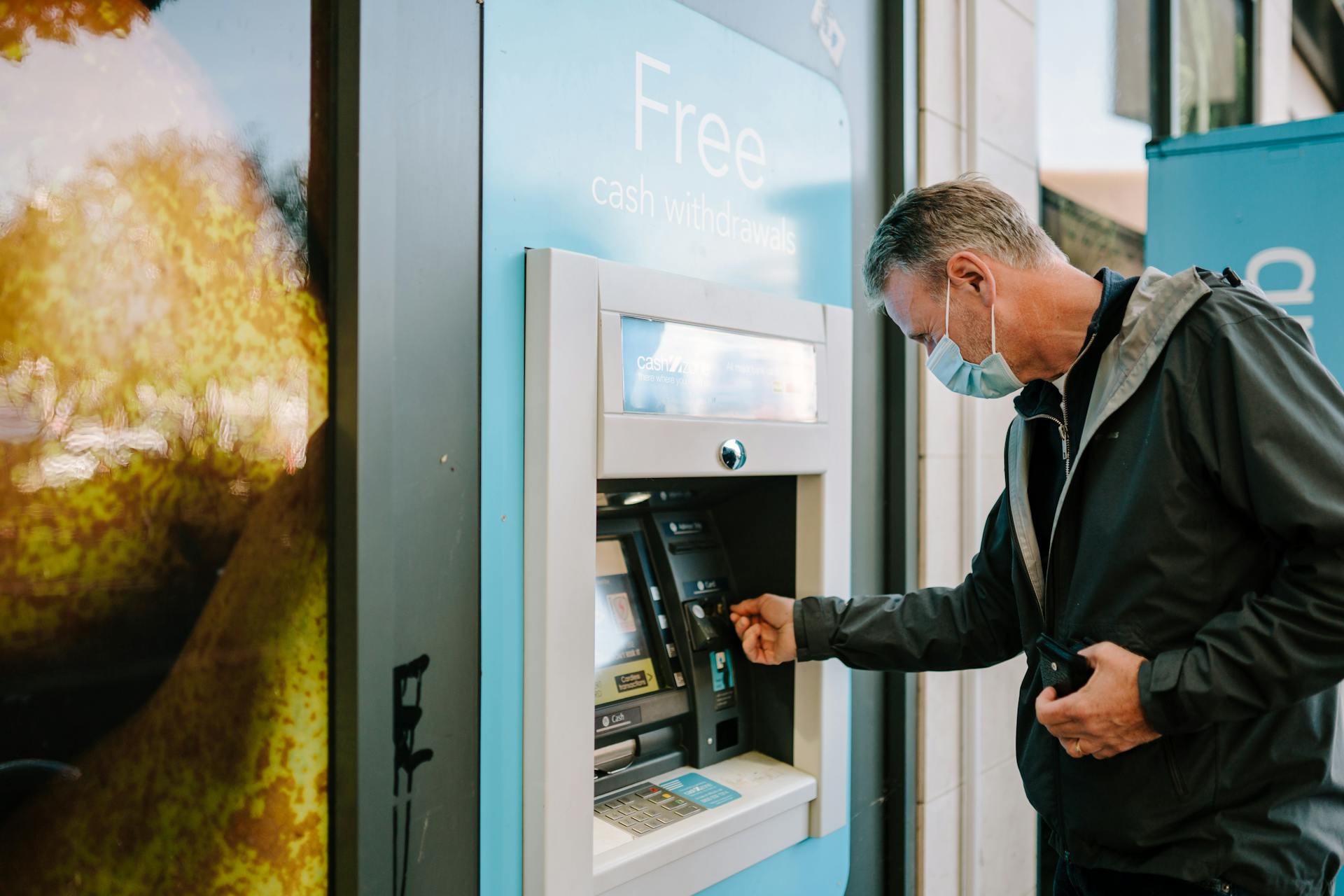
Rome is a city that's steeped in history and beauty, but it's also a great place to explore with modern conveniences like ATM machines.
You can find ATMs all over Rome, from banks and train stations to convenience stores and restaurants.
Some ATMs in Rome may charge a withdrawal fee, which can range from €2 to €5, depending on the bank and the type of account you have.
You'll also want to know about the daily withdrawal limits for ATMs in Rome, which can be as low as €200 or as high as €1,000, depending on the bank and your account type.
It's worth noting that some ATMs may not accept foreign credit or debit cards, so it's a good idea to check with your bank before traveling to Rome.
Broaden your view: How Do You Fill Out a Withdrawal Slip
Using ATMs in Rome
You can find ATMs, known as "bancomat", on almost every block in major cities and on the main squares or main drags in smaller towns. They're usually located just outside banks, and some are even inside a separate vestibule that can only be accessed by inserting a credit or debit card.
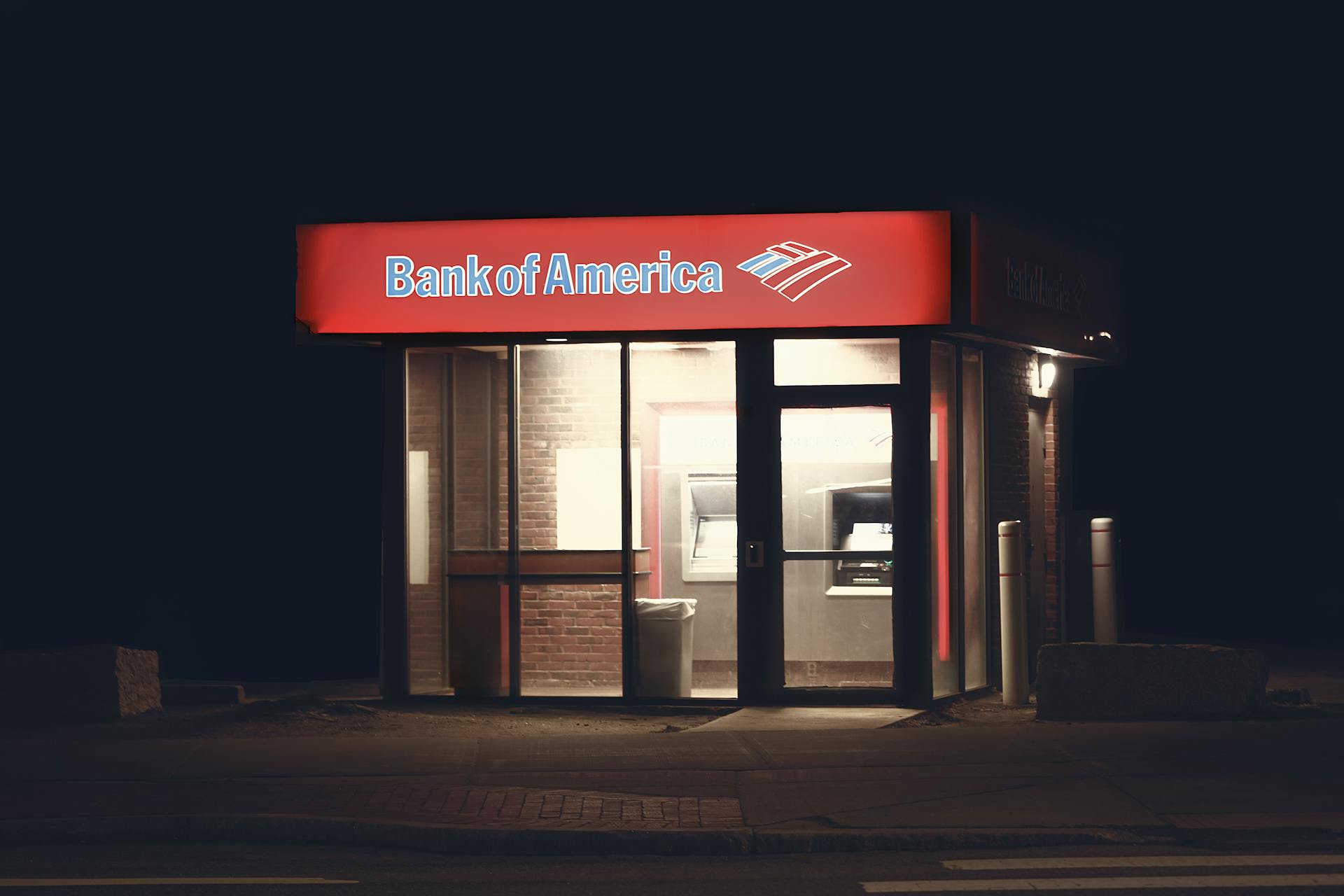
In Rome, you'll often be asked to pay for small transactions in cash, so it's a good idea to have some euros on hand. You can withdraw cash from an ATM using your debit card, and it's usually the best way to get the best exchange rate.
To find an ATM in Rome, you can use an online ATM locator or simply ask for a "bancomat" in Italian. Most ATMs will accept a card from any of the major networks, so you don't need to worry about finding a specific type of ATM.
If you're using a bank-run ATM, located just outside a bank, you can usually get help from the bank staff if your card is rejected. These ATMs are generally more secure and don't charge usage fees.
Some banks in Italy, like those part of the Global ATM Alliance, won't charge international ATM access fees. However, your bank may still charge a foreign withdrawal fee, so it's a good idea to check with your bank before you leave.
To stay safe while using an ATM in Rome, make sure to cover the keypad when entering your PIN, and stash your money in a money belt. It's also a good idea to use an ATM during the day rather than at night, and to avoid using ATMs that seem suspicious or tampered with.
Related reading: Why Do Banks Take so Long to Process Payments
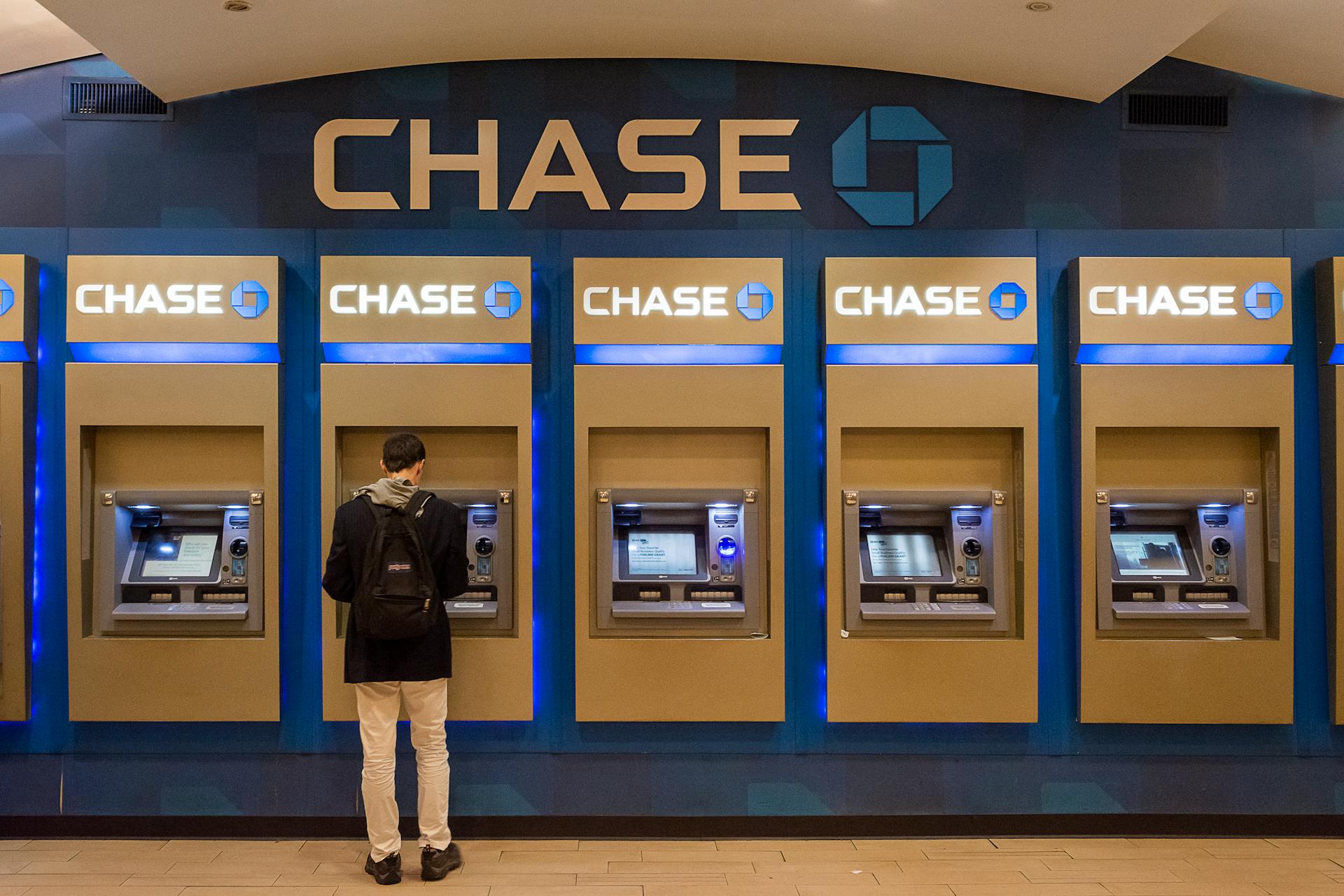
Here are some tips for withdrawing cash from an ATM in Rome:
- Withdraw larger sums to minimize the number of transactions and fees
- Avoid withdrawing cash from independent ATMs, which often have high fees and can be less secure
- Use a bank-run ATM located just outside a bank for more security and fewer fees
- Cover the keypad when entering your PIN to protect your card information
- Stash your money in a money belt to keep it safe
By following these tips, you can use ATMs in Rome safely and efficiently, and enjoy your trip to Italy!
Safety and Fees
You'll want to be aware of the fees associated with using ATMs in Rome. If you withdraw cash from an ATM in Italy, you'll be charged a usage fee unless you're a client of the ATM's bank network.
ATM fees in Italy can come in three ways: a basic cash withdrawal fee, a currency conversion fee, or a dynamic currency conversion fee.
To avoid the cash withdrawal fee, withdraw Euros from a Global ATM Alliance member, like BNL. If you don't, you should expect to be charged this fee.
Here are the three types of ATM fees you might encounter in Italy:
- Basic cash withdrawal fee
- Currency conversion fee, or ‘exchange rate margin’
- Dynamic currency conversion fee
Planning to use an ATM in Rome? Don't forget to pick up your PIN code and let your bank know that you are traveling abroad.
Bank Machine Safety
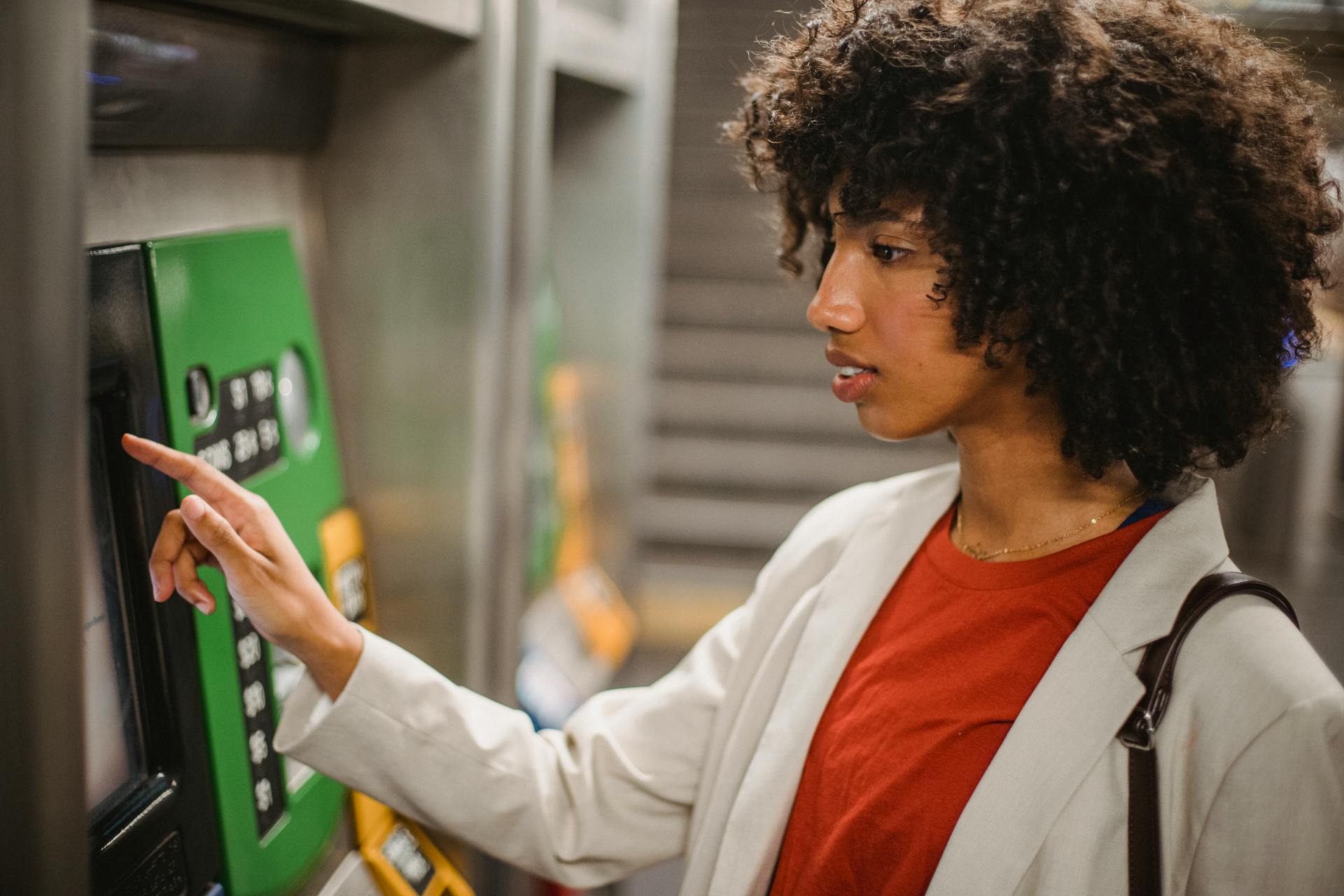
Using a bank machine while traveling can be a bit tricky, but it's not inherently more dangerous than using one at home.
Be cautious when using bank machines in unfamiliar places and trust your instincts - if something feels off, cancel the transaction and use another machine.
Use bank machines during the day rather than at night when it's dark.
To spot potential skimmers, which are devices that can steal your card information, keep in mind that bank machines in Italy might not look like the ones at home.
Cover the keypad when entering your PIN to prevent any potential spying eyes from seeing your code.
I've had my bank card eaten by a bank machine while traveling in Italy, and let me tell you, it was a series of not-so-fun phone calls back home to my bank.
Related reading: E S a Payments
Fees
Fees can be a sneaky thing, especially when it comes to withdrawing cash from ATMs in Italy. You'll be charged a usage fee unless you're a client of the ATM's bank network.
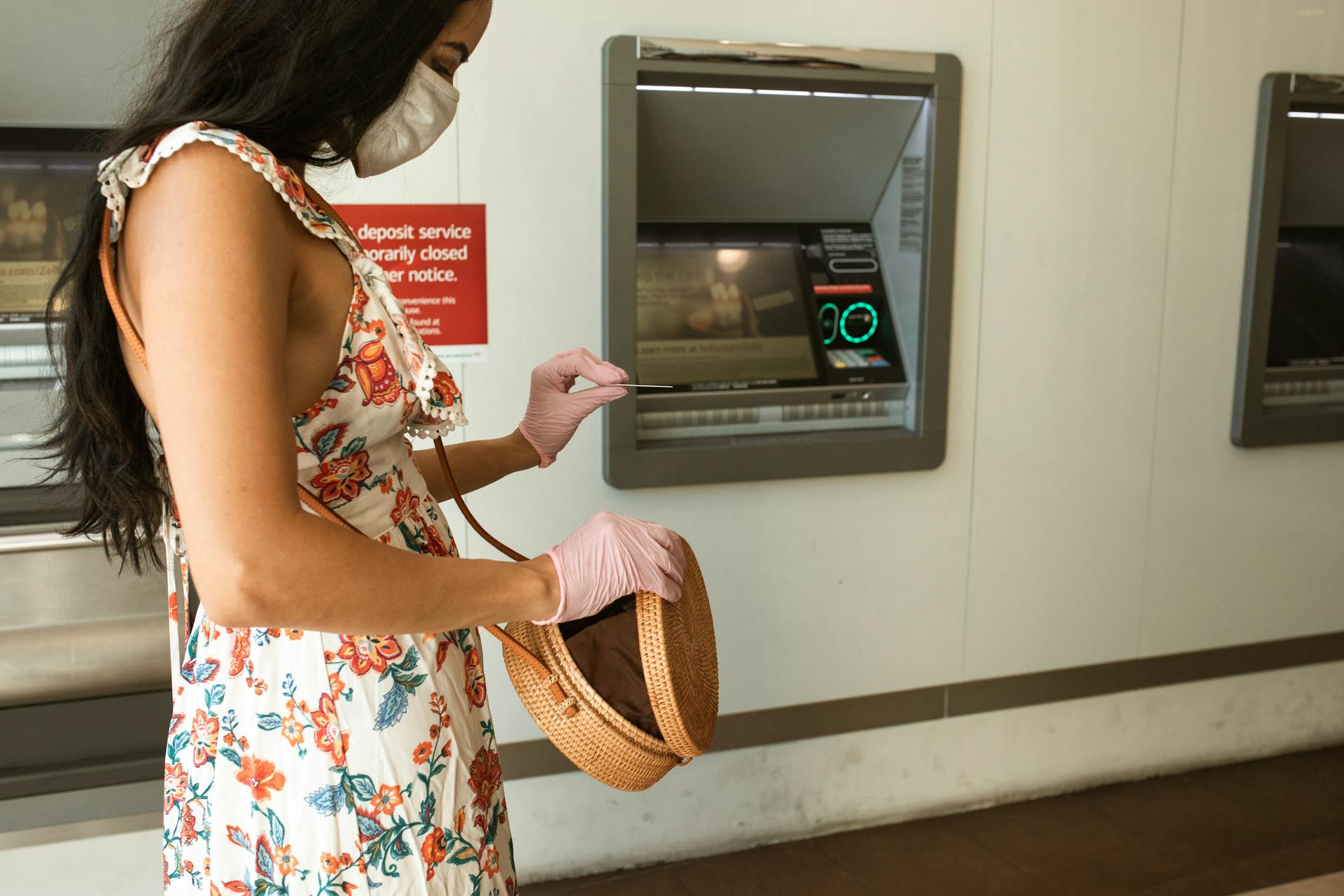
There are three types of fees you might encounter: the basic cash withdrawal fee, the currency conversion fee (also known as the exchange rate margin), and the dynamic currency conversion fee.
You might not be charged the basic cash withdrawal fee if you withdraw Euros from a Global ATM Alliance member, like BNL. However, if you withdraw from any other Italian bank or from a private ATM operator, you should expect to be charged this fee.
To avoid these fees, it's essential to check if your home bank is connected to a bank network in Italy. For example, Unicredit is an international bank that may offer privileged ATM access to non-Italian Unicredit customers.
Here are some bank networks you can check:
- Unicredit ATM locator
- Intesa Sanpaolo ATM locator
- Crédit Agricole Italia ATM locator
- Banco BPM ATM locator
If you need to withdraw more than 250,00 euros, you'll need to make multiple transactions, with each transaction limited to 250,00 euros. This is to prevent your card from being blocked due to excessive withdrawal limits.
To avoid any issues, make sure to pick up your PIN code and let your bank know that you're traveling abroad. If you don't notify them, they might shut off your card due to fraud alert.
Lastly, if you're a member of the Global ATM Alliance, you might not be charged for ATM withdrawals. However, your bank might still charge a foreign withdrawal fee, so it's best to check with them beforehand.
Explore further: Do You Need a Deposit Slip to Deposit a Check
Tips and Precautions
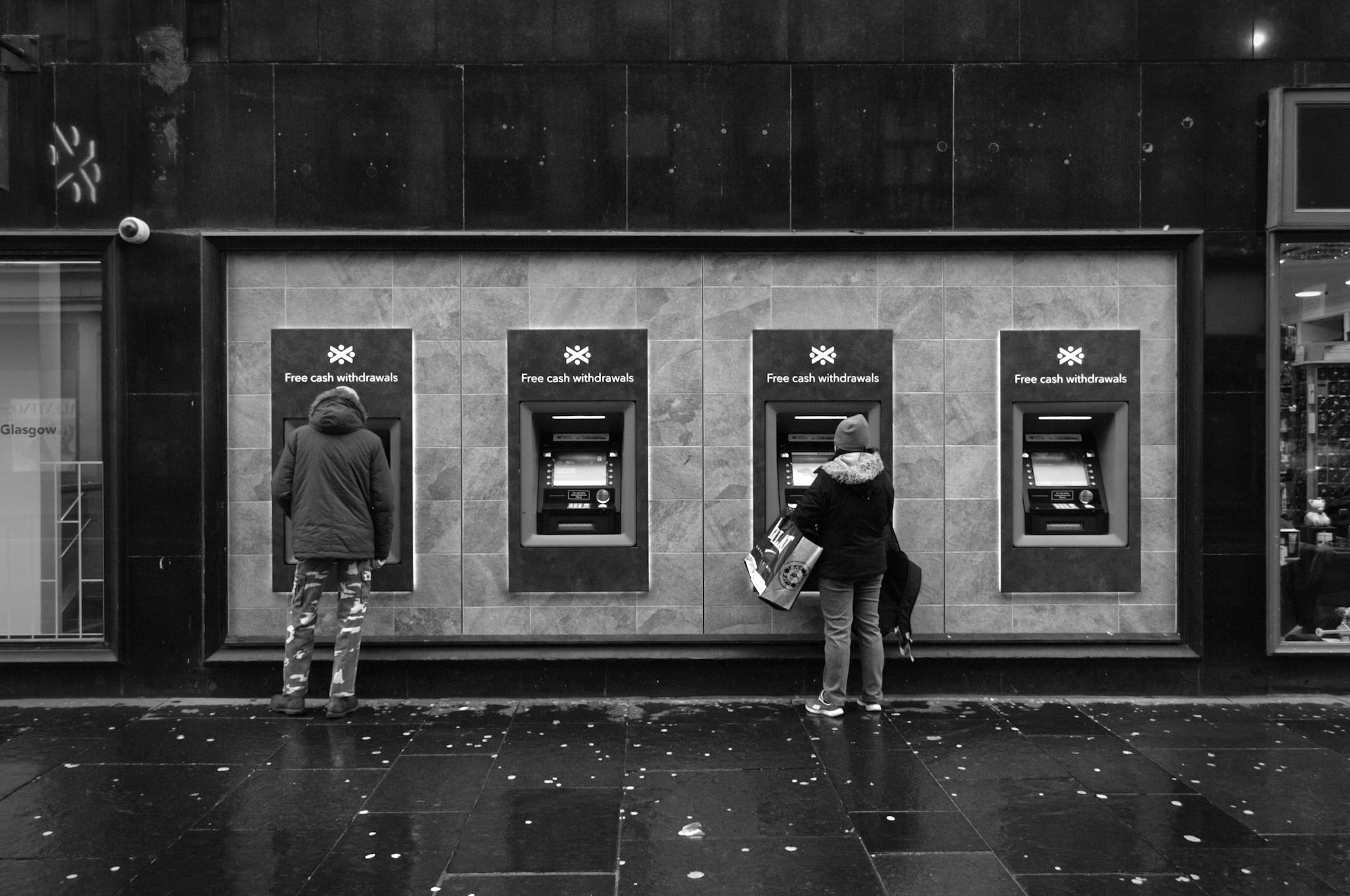
ATMs at well-established banks in Rome are usually transparent about their fees.
Be aware that other operators may use confusing layouts and wordings to charge you more, making it difficult to understand the fees.
ATM fees can be frustrating to understand, especially if communicated by a machine in a foreign language like Italian.
Before handling transactions in cash, keep in mind that some ATMs may have deliberately misleading information to increase charges.
Curious to learn more? Check out: Do Chase Atms Take Apple Pay
Getting Euros
Getting Euros in Rome is a breeze with ATMs. You can withdraw cash from any ATM that displays stickers of major card networks.
Just make sure your bankcard is linked to your checking account, as some banks won't let you withdraw from your savings account at foreign ATMs. A 4-digit PIN is also essential, as some European banks won't accept longer ones.
To avoid any issues, let your bank know you'll be making foreign withdrawals. This will prevent your account from being frozen due to suspicious activity.
For more insights, see: Russian Foreign Currency Reserves
Using a credit card instead of an ATM can get you an even better exchange rate, averaging 9% better. However, this method requires you to pay in full and has its own set of fees.
Here are some tips to keep in mind when using ATMs in Rome:
- Make sure your bankcard is linked to your checking account.
- Use a 4-digit PIN.
- Let your bank know you'll be making foreign withdrawals.
- Consider using a credit card for better exchange rates.
Avoiding Euronet and Other Issues
Euronet ATMs in Italy are notorious for charging higher usage fees than banks. They also lure their users into hidden exchange rate margin costs.
Avoid changing money at the money exchange offices at the airport, port, or train station in Rome, as the rates are usually exorbitant. Some airport ATMs in Rome have large letters that catch tourists' attention, but these are often not connected to banks and can charge high fees.
Regular bank ATMs are the way to go when withdrawing money in Rome. You can find them in city centres and near tourist areas, but be sure to check the fees before using them.
Some ATMs in Rome are disguised as regular machines but are actually Euronet or similar networks. Look for the word "ATM" in large letters to avoid these.
Related reading: Which Bank Gives Free Access to Airport Lounges
Frequently Asked Questions
Are there free ATMs in Rome?
Yes, you can find fee-free ATMs in Rome, particularly those operated by BNL (Banca Nazionale del Lavoro) or your bank's network if you have an Italian bank account
What is the cheapest way to withdraw cash in Italy?
The cheapest way to withdraw cash in Italy is at an ATM machine (Bancomat) using your personal credit or debit card. You can avoid high exchange fees by using your card to withdraw euros directly.
Featured Images: pexels.com
